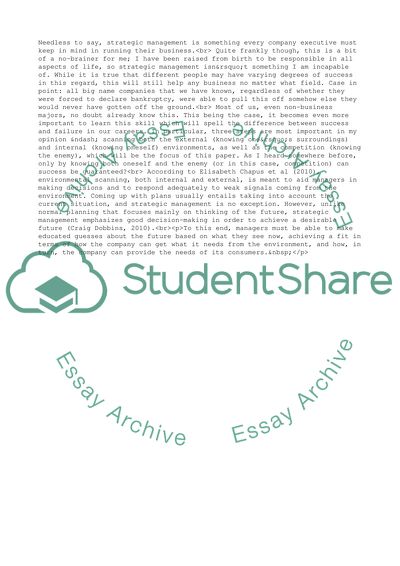Cite this document
(Strategic Management and Competitive Advantage Essay, n.d.)
Strategic Management and Competitive Advantage Essay. Retrieved from https://studentshare.org/management/1565114-strateget-management-reflection
Strategic Management and Competitive Advantage Essay. Retrieved from https://studentshare.org/management/1565114-strateget-management-reflection
(Strategic Management and Competitive Advantage Essay)
Strategic Management and Competitive Advantage Essay. https://studentshare.org/management/1565114-strateget-management-reflection.
Strategic Management and Competitive Advantage Essay. https://studentshare.org/management/1565114-strateget-management-reflection.
“Strategic Management and Competitive Advantage Essay”, n.d. https://studentshare.org/management/1565114-strateget-management-reflection.


